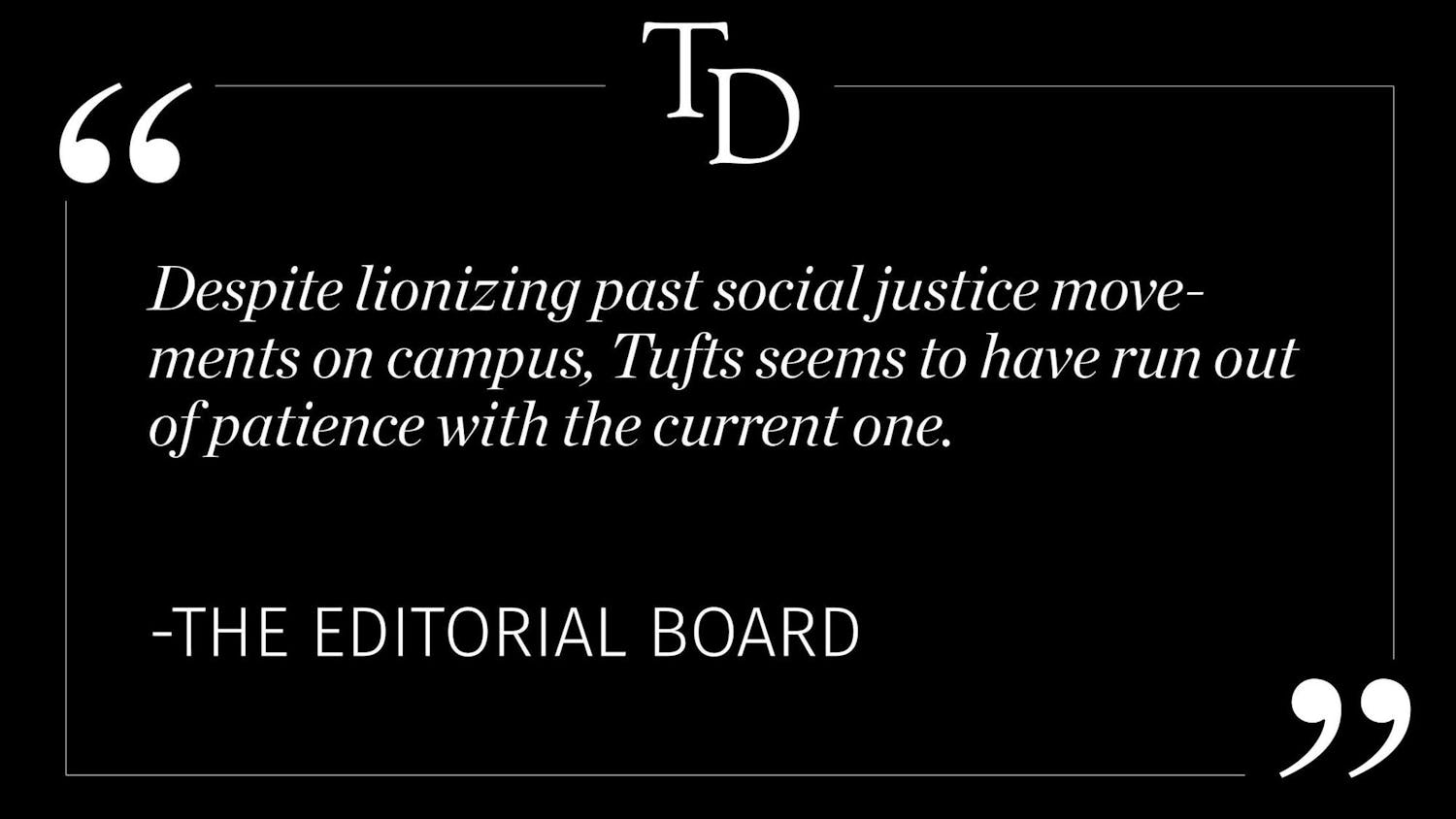For years, Attention-Deficit/Hyperactivity Disorder diagnoses have been heavily reliant on obvious behavioral issues spotted by elementary school teachers who relay their findings to concerned parents. The stereotypical conception of the hyperactive little boy who can’t sit still in class is outdated and problematic. According to the CDC, the percentage of children diagnosed with ADHD has steadily increased, from 7.8 percent in 2003 to 11.0 percent in 2011. These figures have been at the center of discussion for medical experts, educators and parents across the country. Many have begun to question the legitimacy of the condition, thus questioning the legitimacy of the challenges it poses to those afflicted by it. Experts express concern about overdiagnosis due to pressure from stimulant-peddling, greedy drug companies. However, many pressing cases are overlooked, predominantly, those of young girls.
Boys are 2.5 times more likely to be labeled with an attention deficit disorder than girls. As with many other conditions, attention disorders often present themselves very differently in girls than they do in boys. The restless, disruptive and endearingly mischievous little boy translates into an impolite, messy and ungraceful little girl. While a hyperactive boy is likely to be touted by his peers for his entertaining shenanigans, his female counterpart will be rejected by her peers because she misses social cues and talks too much. She is prone to being disregarded by her teachers as simply the victim of her own awkward personality traits. Even in 2016, it is clear that society maintains certain feminine expectations, especially the ability to conform, that are difficult for an impulsive and energetic girl to adhere to. As an undiagnosed girl matures, she will painfully begin to realize her own otherness and it will weigh heavily on her already fragile self-esteem. The forgetfulness, impulsive decision making and messiness that are manifestations of ADHD are internalized as negative personality traits. Not only does undiagnosed ADHD have detrimental social consequences, it can also affect relationships at home. Parents will become frustrated when she can’t keep her room clean or constantly forgets things she needs for school at home. They will deem bad grades as the result of laziness or even a lack of intelligence when in reality, their daughter has not been given the opportunity to exercise her full academic potential. Undiagnosed girls will feel increasing pressure to succeed followed by the guilt, frustration and anguish of failure.
Neglecting to diagnose young girls is evident in statistics that reveal women are more likely to be diagnosed with ADHD as adolescents or even into adulthood. The greatest increase in stimulant prescriptions was an 85 percent jump in women ages 24-36. While boys are more likely to outgrow their symptoms as they get older, girls’ symptoms are aggravated by hormone changes during puberty. Thus the diagnostic condition that requires symptoms to be prevalent before age seven is inherently biased towards boys. It is only after battling self-deprecating guilt and feelings of inadequacy that many women receive the help they need and deserve. Although a late diagnosis can serve as a comforting explanation for a difficult past, it does not make up for missed opportunities that could have been prevented by early detection. A commonly known misconception about ADHD treatment is that medication like Adderall and Ritalin will quickly solve all problems. However, in addition to the lack of ability to focus, there are more sophisticated symptoms, like poor organizational skills, that can take years of behavioral therapy to treat. Furthermore, late diagnosis means that women could have already fallen victim to their predispositions to addiction, anxiety, depression and unwanted pregnancy leaving them with even more trials to conquer.
Although awareness about the varying manifestations of ADHD has grown significantly over the past two decades, little has changed in the diagnostic process. The gender bias is deeply rooted in the history of ADHD research which until relatively recently has heavily concentrated on the stereotypical energetic little boy. New research suggests that although girls have the same disorder, the manifestation is completely different; this incongruence demands a different diagnostic checklist that has yet to appear. Experts are increasingly aware of these differences and know how to treat girls and women in need. The problem is not the lack of treatment, it is that those responsible for detecting symptoms, like teachers, do not know what to look for. Getting help at a younger age reduces the risk of many psychological problems like anxiety and low self-esteem. However, many young women discover their ADHD when they seek help for the emotional trauma it has caused them. Ensuring that educators are better informed of the discrepancy between indications of attention disorders in boys and girls will prevent thousands of young women from battling crippling emotional and psychological issues.
More from The Tufts Daily





